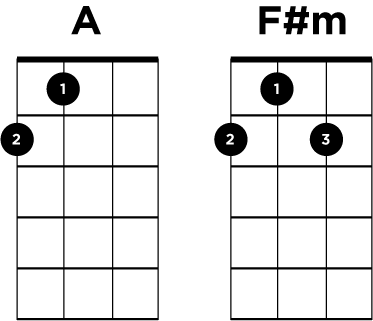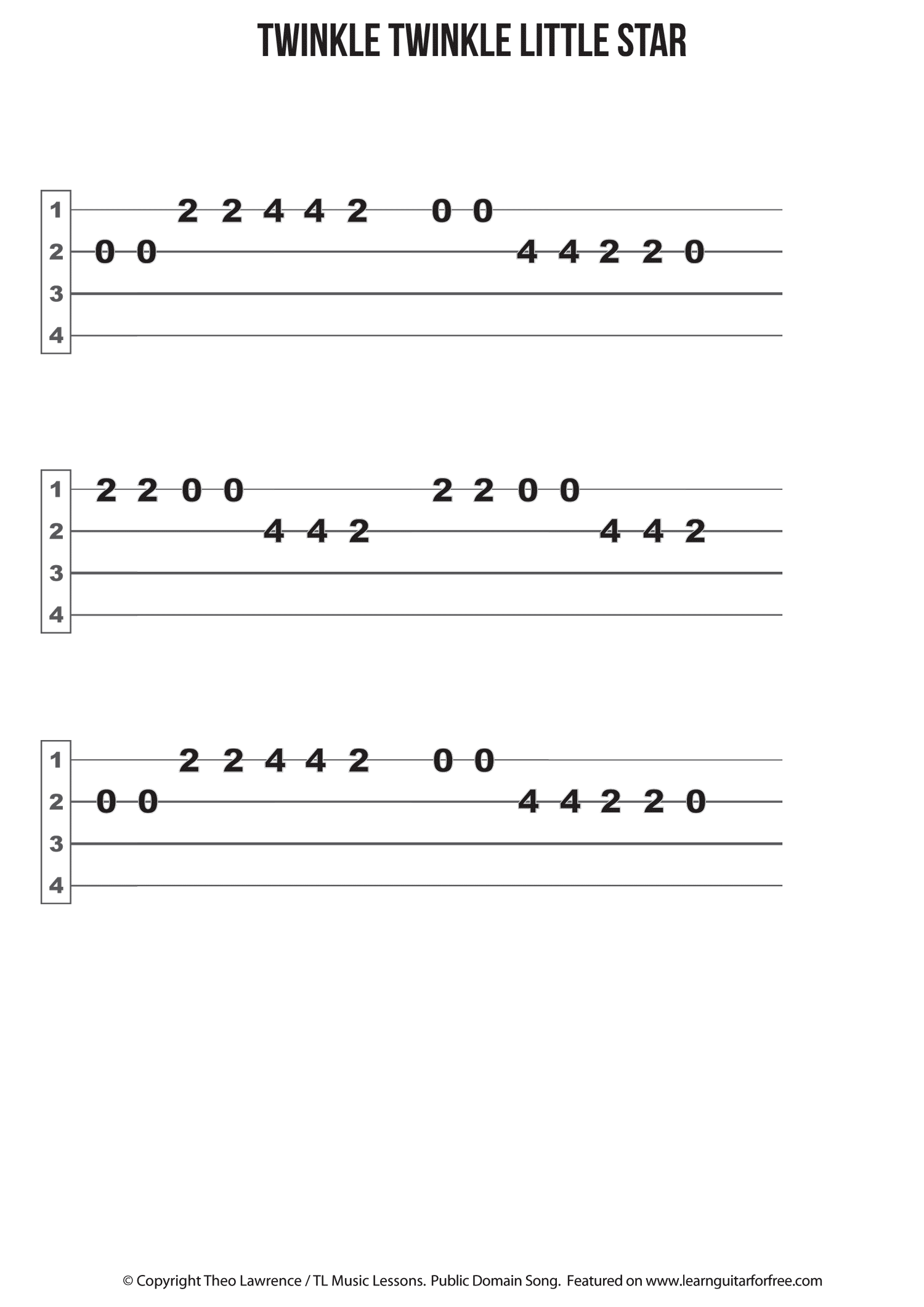- Play Ukulele Chords Online
- How To Play Blues Ukulele Pdf
- Blues Chords For Ukulele
- How To Play Blues Ukulele Pdf Chords Guitar
- Chords On The Ukulele
- Blues Ukulele Pdf
- Learn To Play Ukulele Chords
Like the primary chords the I, IV, V7 progression can be used for a number of songs. It is also the “heart of the blues”. This is one that should be practiced so that you can switch from any of the chords to any of the other chords. I, IV, V7 Progression Key I IV V7 F major (2010, 3211, 0001) G major (0232, 0003, 2020) A major (2100, 2220. Because the ukulele and guitar have so much in common, uke players like me, who started on guitar, are inclined to adapt their guitar skills to the uke. The result can be pleasing to the ear, and can even push the envelope for ukers, creating new styles and sounds in the process.
Getting to grips with the blues scale on ukulele is a great way to add a little improvisation to your routine. It’s nice to get a little free with your playing from time to time and just do what you like. Let’s take a look at the blues scale to get you started.
Play Ukulele Chords Online
The word improvisation can be a little daunting. It conjures images of virtuosos that can play the ukulele in the dark with their hands tied behind their backs (well, sort of but you get what I mean).

It doesn’t need to be that difficult though, and really, it isn’t. You only need 6 notes. That’s right, just 6 to get freestyling with a bit of blues soloing.
If you’re familiar with the minor pentatonic scale then you’re in luck (don’t worry if you’re not though). The blues scale takes the minor pentatonic scale and adds a single note. That note is the flat 5th. That makes the C blues scale look (and sound) like this:
Blues Scale in C
https://ukulelego.com/wp-content/uploads/2018/05/cbluesscale.mp3In the example above I’m just playing through the blues scale so you can hear the notes. If we use a little creative spacing between those notes then you get something like the below. I’m still playing the scale in a linear fashion which is quite restrictive but it does give you a flavour of what you can do with it.
 https://ukulelego.com/wp-content/uploads/2018/05/cblueslinear.mp3
https://ukulelego.com/wp-content/uploads/2018/05/cblueslinear.mp3If we start to get a little bit more creative then you may end up with something like this…
https://ukulelego.com/wp-content/uploads/2018/05/cbluesscaleexample.mp3How To Play Blues Ukulele Pdf
Here I’m not going crazy but I am playing around with that scale a little further and jumping around a little bit.
Playing Over A Backing Track
One thing I really like to do is fire up a backing track and play around with the scale over the top. Here’s a good one to have a go with, it’s nice and slow.
Blues Chords For Ukulele
Blues Scale In Other Keys
That’s all great, but we’re not always wanting to play in C. So how do we play the blues scale in another key? Simple by sliding it around your fretboard. The root note in the C blues scale above is the open C string (root note is the scale key). If we slide that whole scale up 2 frets, we now have a D blues scale.
Notice that it’s exactly the same as the C blues scale we looked at above, only it’s further up the fretboard. Have a listen to the D blues scale below.
https://ukulelego.com/wp-content/uploads/2018/05/dbluesscale.mp3Slide it up another 2 frets and we have an E blues scale (and so on and so on).
How To Play Blues Ukulele Pdf Chords Guitar
Once you get this pattern locked down, with a little fretboard knowledge you’ll be able to play the blues scale in any key.
Have a play around with it and experiment. Give the backing track above a try or have a friend play a 12 bar blues for you to play over the top. You can let each other have a turn at soloing over the top. It’s loads of fun.
More Ukulele Blues
If you just can’t get enough playing the blues then I’d highly recommend Al Wood’s How To Play Blues Ukulele ebook. At just $17 it’s the best blues ukulele book out there and it will definitely turn you into a better blues man (or woman).
Ukulele tablature (tab) is a very easy to understand and useful way of notating ukulele music.
 It allows you to read and notate melodies without being able to read music, and it shows you exactly where to play it on your ukulele fretboard.
It allows you to read and notate melodies without being able to read music, and it shows you exactly where to play it on your ukulele fretboard.Chords On The Ukulele
The four horizontal lines represent the strings of your uke. As you can see from the colour-coding, it might seem upside down at first, but think of it as being written from your point of view! Slide your uke down from the playing position so it is flat your lap and look down at it. Now it looks the same way up!Blues Ukulele Pdf
The count along the top helps you play the notes on the correct beat. Count a regular 1, 2, 3, 4 as you tap your foot.All that we do now to show which notes to play, is write numbers on the strings. The number indicates which fret to hold that string down at. A zero means that string is played open (with no left hand fingers holding it down). We read from left to right, and try and pluck the string in time with the count.
Remember, your right hand shouldn’t be strumming all the strings, just plucking the string indicated in the ukulele tab (try using a thumb rest stroke).
Here’s a little exercise for you to try. So you don’t end up sliding one finger around to play all the notes, try and get used to using your first finger to play notes at the first fret, your second finger for the second fret, etc.
http://www.ukulology.com/wp-content/uploads/2014/06/WEEK-2-ELEMENT-28.2.mp3
Of course you can also use ukulele tab to show chords, and often pieces written in ukulele tab will sometimes use single notes, and sometimes chords. To show a chord (or any notes played at the same time as each other), we just right the numbers above one another, like this:
Which is just another way of showing the familiar C chord! Here’s a little exercise to help you get used to playing two notes at a time.
http://www.ukulology.com/wp-content/uploads/2014/06/WEEK-3-HOMEWORK-E.mp3
Ukulele tab is a great way of learning more songs, melodies in particular. It’s actually quite logical, and not as scary as it first seems!
TIPS
- Get used to using your 1st finger for fret 1, 2nd for fret 2, etc. It will be hard using your 3rd and 4th fingers to begin with, but it will really help you when you play more complicated tunes later.
- Try to keep an even tempo, even if it means going very, very slowly in the beginning! A metronome is a great tool to help you stay in time.
- Don’t be frightened of ukulele tablature. It might look like traditional written music, but it is much easier to learn to read.

- Download our FREE Reading Ukulele Tablature and Extra Pieces PDFs for more things to play. Simply fill in the form in the green box for instant access (you’ll also receive 9 other useful ukulele PDFs!)